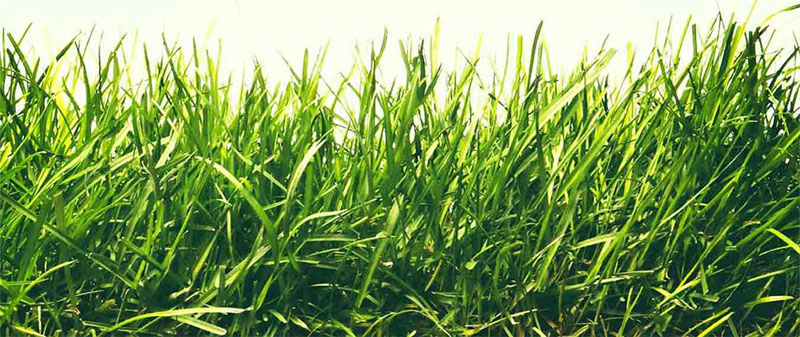Category: G
-
Growing season
The time of year in which a particular plant makes its maximum growth of stems and foliage; usually late spring and summer, though for some plants from mild climates with dry summers it may be fall (autumn) or winter.
-

Grass
Any member of the very large grass family (Poaceae or Gramineae), though usually excluding larger members of the bamboo tribe of this family. Grasses are mostly tufted or creeping plants with narrow leaves and much-reduced flowers born in large inflorescences, consisting of spikelets each containing one to several florets. The cereals are grasses which produce…
-
Gypsum
Calcium sulphate, used as plaster of Paris. Plaster of Paris used to stabilize and externally splint fractured bones. It is applied wet and moulded to the appropriate shape to immobilise the broken bone. A natural form of hydrated calcium sulfate. When heated to 130°C, it loses its water and becomes plaster of Paris.
-
Gynaecomastia
The unusual development of breasts in a male. Gynecomastia is the medical term for the enlargement of one or both breasts in men or boys. This condition can be attributed to an overabundance of the female sex hormone estrogen. Mild and temporary gynecomastia may develop in boys at birth due to the presence of maternal…
-
Gynaecology
The study of female sex organs and the treatment of diseases of women in general. The branch of medicine dealing with the female pelvic and urogenital organs, in both the normal and diseased states. It encompasses aspects of contraception, abortion, and in vitro fertilization or IVF. Covering the full age range, it is closely related…
-
Gynaecologist
A doctor who specialises in the treatment of diseases of women.
-
Gynaecological
Referring to the treatment of diseases of women.
-
Gutter splint
A shaped container in which a broken limb can rest without being completely surrounded.
-
Gutta
A drop of liquid, as used in treatment of the eyes. The amount in a drop varies with the nature of the liquid and its temperature. It is therefore not advisable to use the number of drops per minute of a solution as anything more than a general guide to the amount of material being…
-
Gut
The tubular organ for the digestion and absorption of food. A type of thread, made from the intestines of sheep. It is used to sew up internal incisions and dissolves slowly so does not need to be removed.